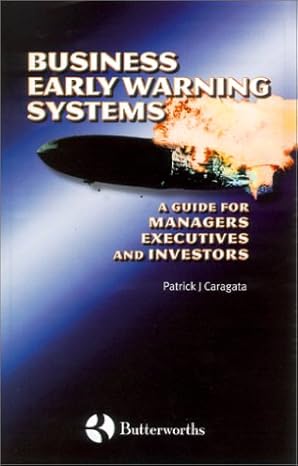This website showcases the books of Dr. Patrick Caragata and provides additional information for publishers, media and readers. If you'd like any further information feel free to contact Dr. Caragata.

Pre-order Now | Brinkmanship: Will China Invade Taiwan?
Deterrents, Enablers, Wildcards, Black SwansHow soon will the US and China be at war over Taiwan? There is no settled consensus. Next week or month? Two or three years from now? Or by 2029, or 2032? President Xi of China promised to regain Taiwan within his lifetime. He is now 72 (January 2005). This speculation fosters a climate of war that makes war appear inevitable. No single war is inevitable. We are drifting towards war because there is still a serious deterrence and strategizing problem despite all the West has done so far. A war between China and the US is not inevitable. The most problematic issues, which we label as wildcards, are the PRC’s willingness and ability to bear the costs of war, if it has the vision and perseverance to discover the truth. While there is some bravado and hype about the cost of war, we are not yet at a turning point where the CCP elites have a consensus to go to war against the US otherwise there would be war now. |

Buy Now | The Economic and Compliance Consequences of Taxation: A Report on the Health of the Tax System in New ZealandIndex - Introduction
- Measuring the "Health" of the Tax System
- Key Findings on the Total Tax level and Tax Mix
- Key Findings on the Hidden Economy and Tax Evasion
- Sources of Tax Evasion
- Tax Evasion Responses to Tax Changes
- Trends in Corporate Tax Payments
- Key Findings on Economic Growth and Employment
- 'Best Practice' Tax Policy Frontiers and their Implications
- Summary Scorecard: Economic, Compliance and Revenue Health of the Tax
- System in New Zealand
- Appendices Working Papers on Monitoring the Health of the Tax System.
|

Buy Now | Business Early Warning SystemsThe science of examining early warning signs and designing early warning systems for business survival and growth is really just beginning.
The author outlines the basis for implementing a Business Early Warning System (BEWS©), including methods for: 1. Developing a Transparency, Accountability and Performance Measurement Programme, and
2. Tracking the eight common structural and behavioural ?footsteps to disaster? - Ineffective electronic monitoring and poor quality information
- Inadequate back-up or fail-safe systems
- Inadequate funding for an early warning system
- Weak risk standards
- Ignoring risk thresholds
- Ignoring early warning signs
- Inadequate advance screening
- The absence of clear signals
Lessons for developing corporate early warning systems were drawn from the major aviation, commercial, and industrial disasters of the twentieth century: Titanic Sinking (North Atlantic) (1912)
Hindenburg Zeppelin Explosion (USA) (1937)
Tenerife (Canary Is.) PanAm & KLM Air Collision (1977)
Union Carbide, Bhopal (India) Pesticide Disaster (1984)
Chernobyl (Ukraine) Nuclear Disaster (1986)
Challenger Space Shuttle Explosion (1986)
Exxon-Valdez Oil Spill, Alaska (1989) and hundreds of other cases. |

Buy Now | Taxation and the Limits of Government By Gerald W Scully, Patrick James Caragata (author) Recently, a research program on the compliance costs and the economic effects of taxation in New Zealand was undertaken within the Inland Revenue Department. Taxation and the Limits of Government is an edited volume which presents the best of the papers that emerged from that research program. Topical coverage includes a brief history of reform in New Zealand, the effect of taxation on economic growth, the marginal cost of taxation, the employment effects of taxation, income distribution, the hidden economy and taxation, tax compliance, taxation and bankruptcy, and estimates of effective tax rates. |




